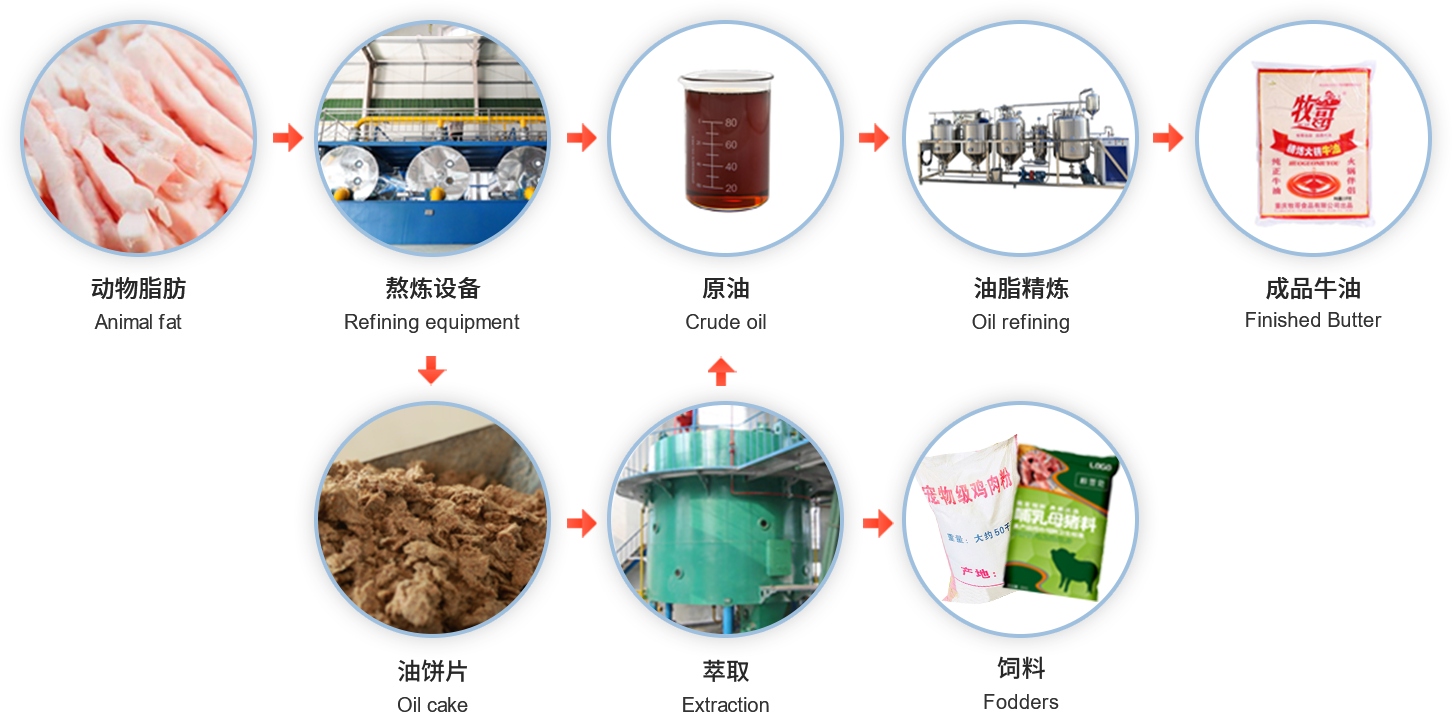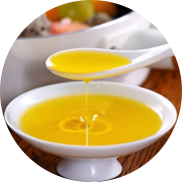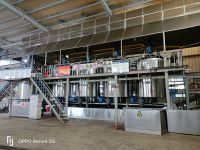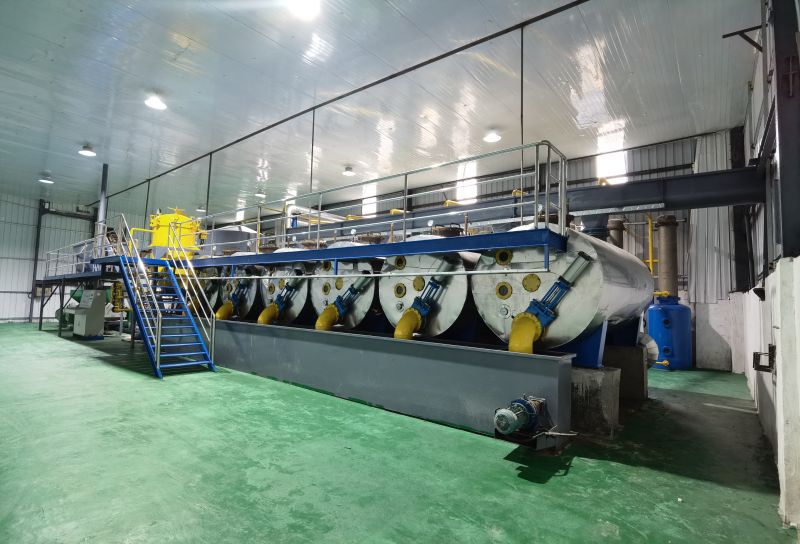153-0373-2222
138-3908-0089
This equipment is a new type of environmental protection lard melting production line developed by our company. The lard equipment uses thermal oil as the heat media and melts animal fat under vacuum negative pressure. The extraction speed of animal oil is fast and the oil does not contact with oxygen in a vacuum state, resulting in light oil color, no odor emission, and environmental compliance. The animal oil vacuum melting equipment has automatic feeding, simple operation, automatic slag discharge, automatic oil-slag separation, and other advantages. The final animal oil is low in peroxide value, low in acid value, bright in color and rich in flavor.
After years of technical research and experience development, our company has developed a new type of environmental protection animal oil refining equipment, filling a gap in the primary processing equipment of the animal oil industry.
When animal fat tissue is heated and melted, it secretes oil from it.
The oil in the animal fat cells changes from a solid to a liquid state under heat. Heating animal fat reduces its viscosity and surface tension. This is the result of thermal molecular movement and the weakening of intermolecular cohesion. The weakening of cohesion makes the oil easier to separate from the cells and allows individual oil droplets to gather into larger masses. At the same time, due to differences in specific gravity, the oil separates from the protein.
The method of melting oil is an important factor in determining the quality of the finished oil. Our company's process uses vacuum melting and drying. Its characteristics are as follows:
(1) Melting is performed under vacuum conditions, which can eliminate moisture in the raw material, resulting in dry oil and residue.
(2) Since the equipment is closed, the entire melting process can completely avoid air oxidation of the oil, preventing an increase in peroxide value and a deepening of color.
(3) It ensures the production of high-quality oil. The oil contains organic substances (vitamins, stearyl alcohol, lecithin, etc.) that can improve the edible value and storage stability of the oil.
(4) Partial deodorization of the oil and elimination of unpleasant flavors.
(5) High-quality oil residue is obtained because protein is almost unchanged during vacuum melting.
(6) Reduction of heat loss during the melting process.
























































